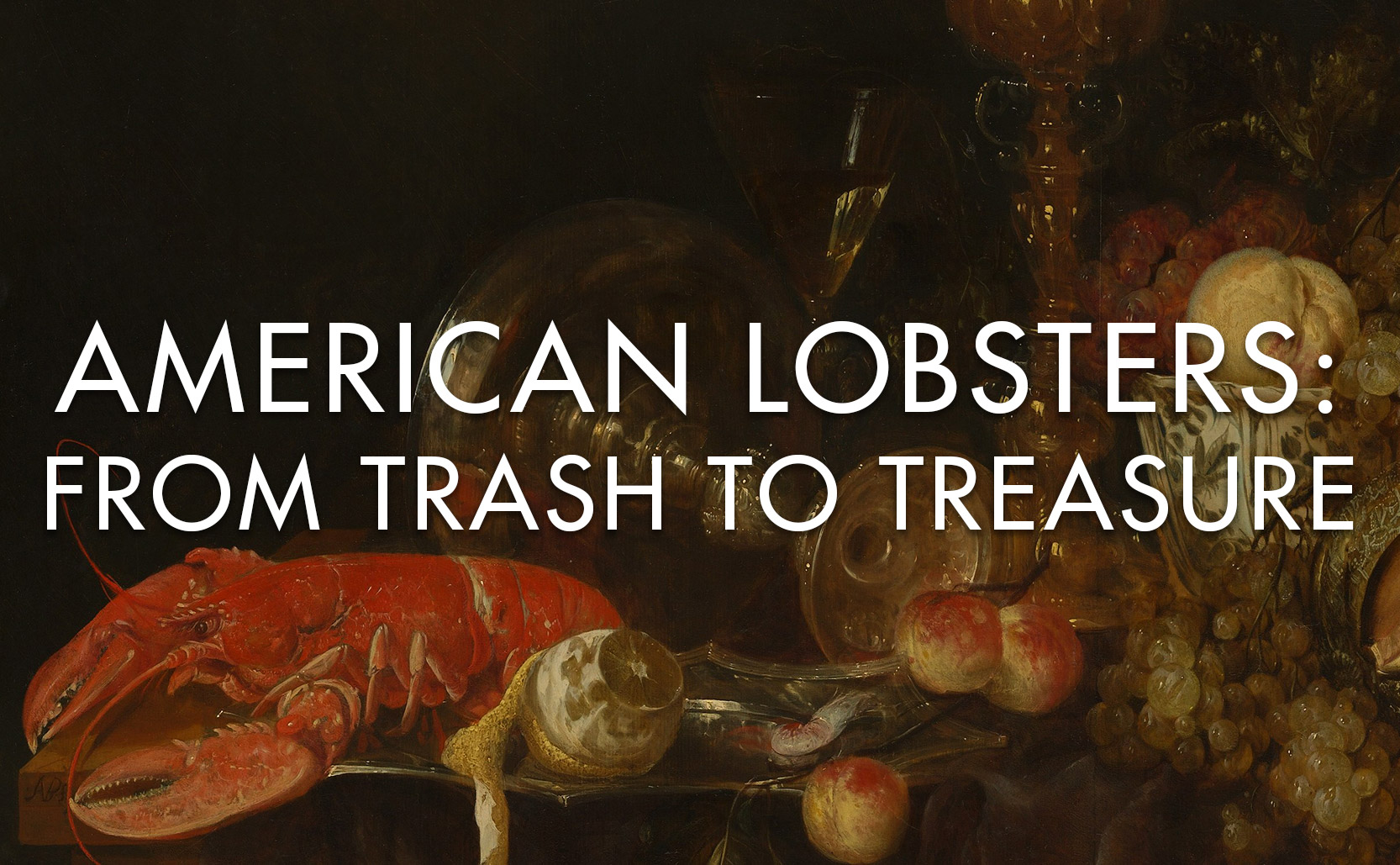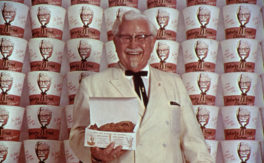North America lobsters were originally a poor person’s food.
While an expensive luxury today, the American lobster (aka Homarus americanus, the Maine lobster, Canadian lobster, northern lobster, etc) was once a food of last resort. Native American tribes of the northeastern coastal regions would use lobsters as fertilizer, fish bait, and when necessary food. European colonists also viewed lobsters as inferior last-resort bottom feeders. These “cockroaches of the sea” became relegated to food for the poor, for servants, prisoners, slaves, and sometimes even feed for livestock.
The turnaround for lobsters began in the 19th century with two new industries: canning and railroads. As canning became a viable way to preserve & ship food, lobster meat became a cheap export from the New England area. Lobster meat was sent via rail to locations all around North America. This was followed by tourists visiting New England along some of the same rail lines. These tourists were able to finally taste fresh lobster meat instead of canned and lobster’s popularity grew. By the 1880s demand for lobster (especially fresh lobster which must be shipped alive) combined with a decrease in supply, lead to higher prices. This helped establish lobster as the expensive delicacy we think of today.
Expensive?
Like any commodity, lobster is subject to price fluctuations. While lobster typically maintains its cultural status as an expensive delicacy, this doesn’t always reflect the real cost. For example the over abundance of lobsters around 2009 sent the wholesale price of lobster from around $6 a pound to half that – but it would have been hard to notice. Restaurants don’t typically reduce their prices because an ingredient has suddenly become cheaper.
However, when lobster is less expensive it does appear in unexpected places. Around 2012 Gastropubs included lobster in dishes such as macaroni & cheese, fast food chains included lobster on their menus, Walgreens in downtown Boston even sold live lobsters – all things you don’t usually see when a commodity is expensive. Today, even in years when lobster is abundant and the cost is low, it is still thought of as a luxury item.





